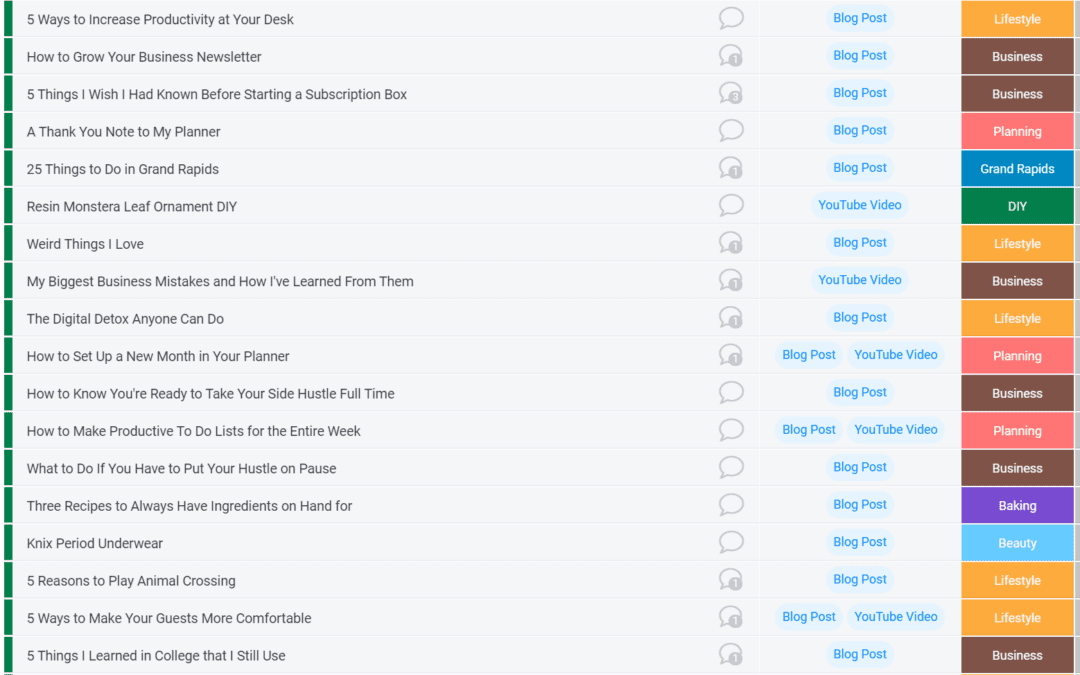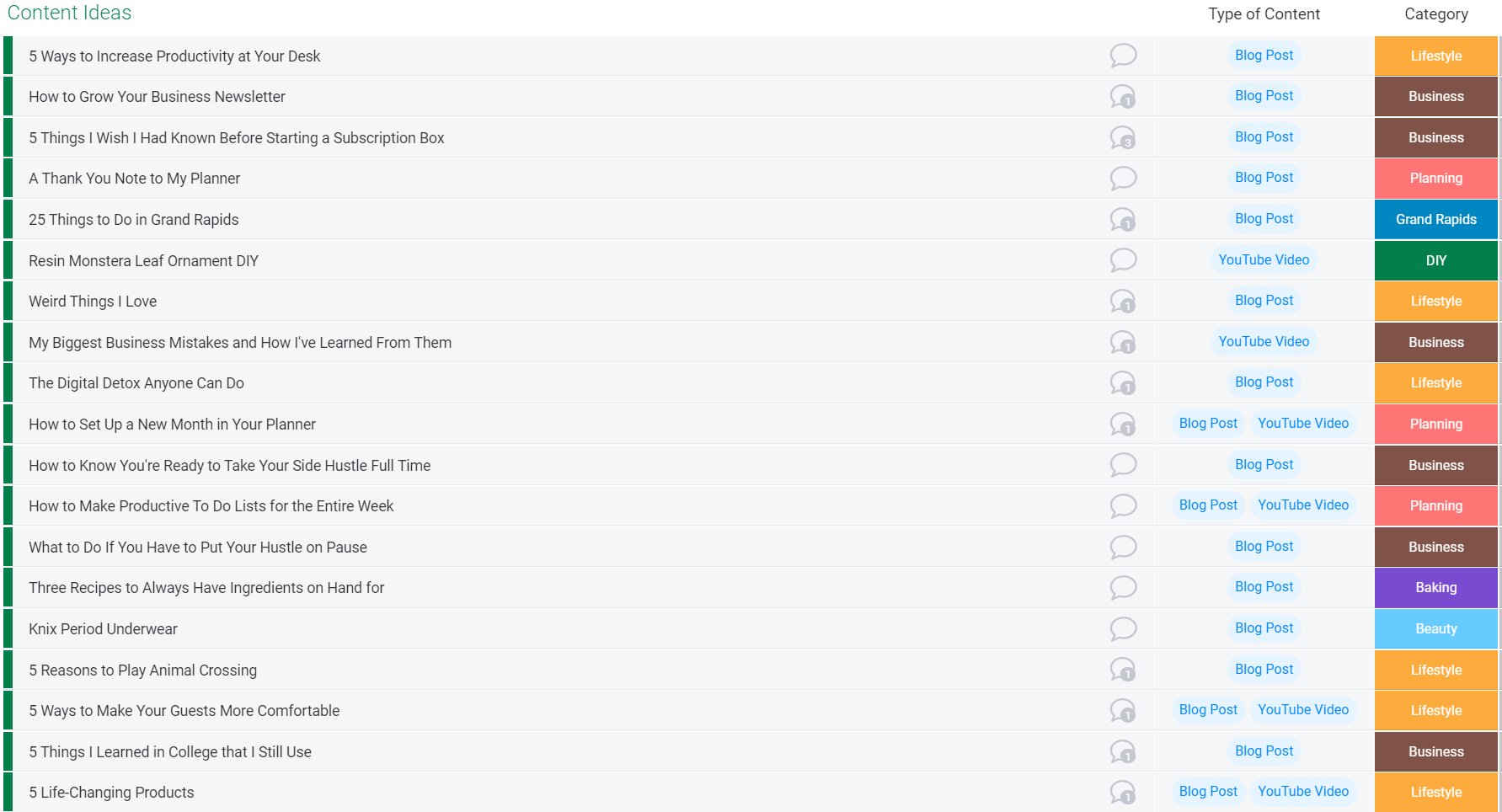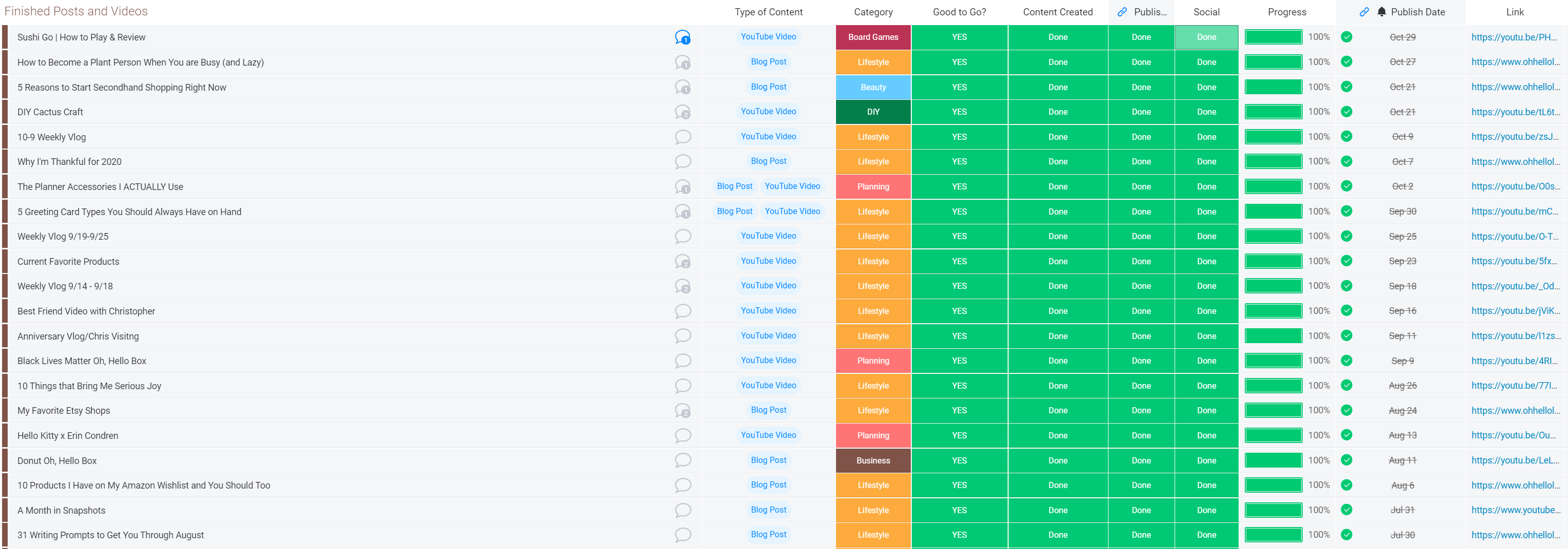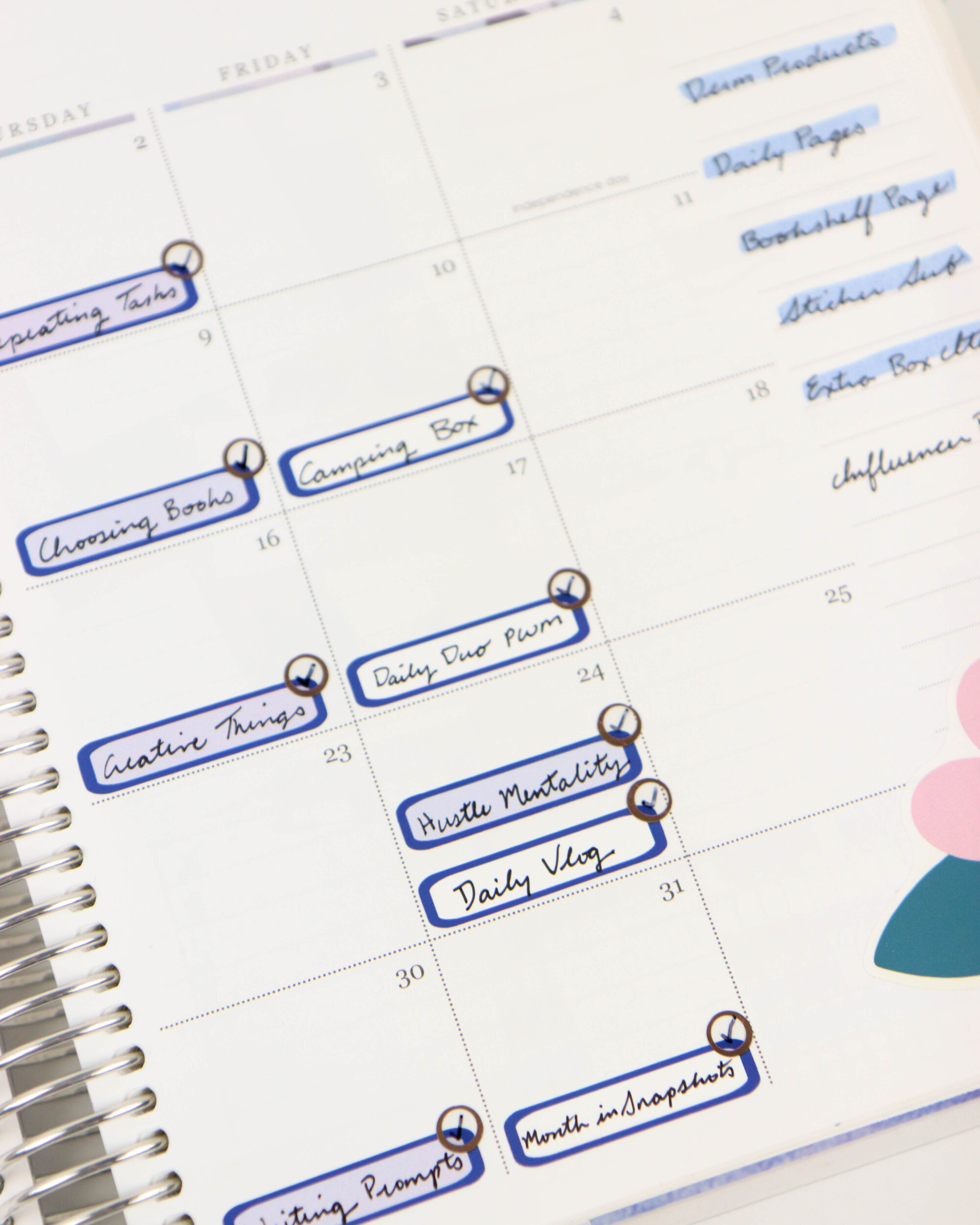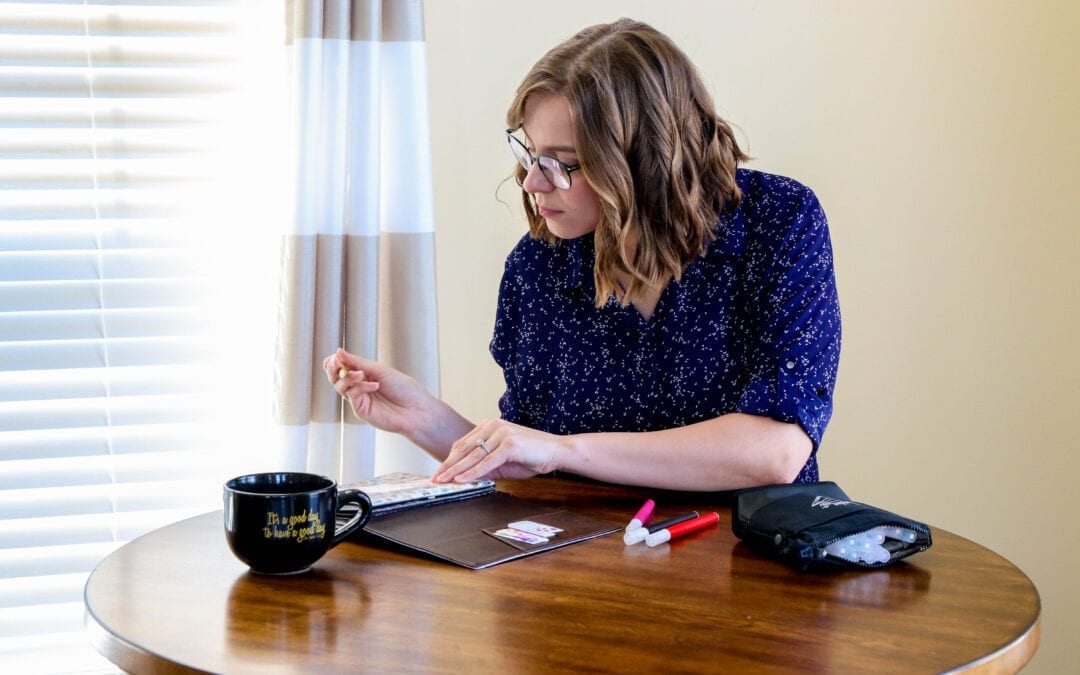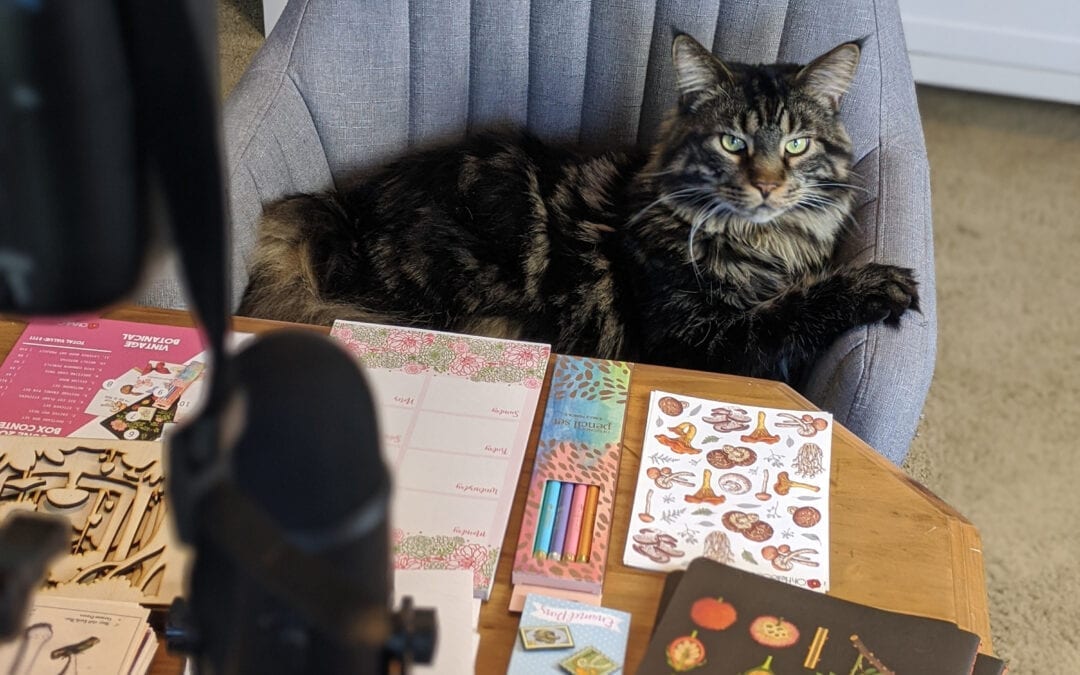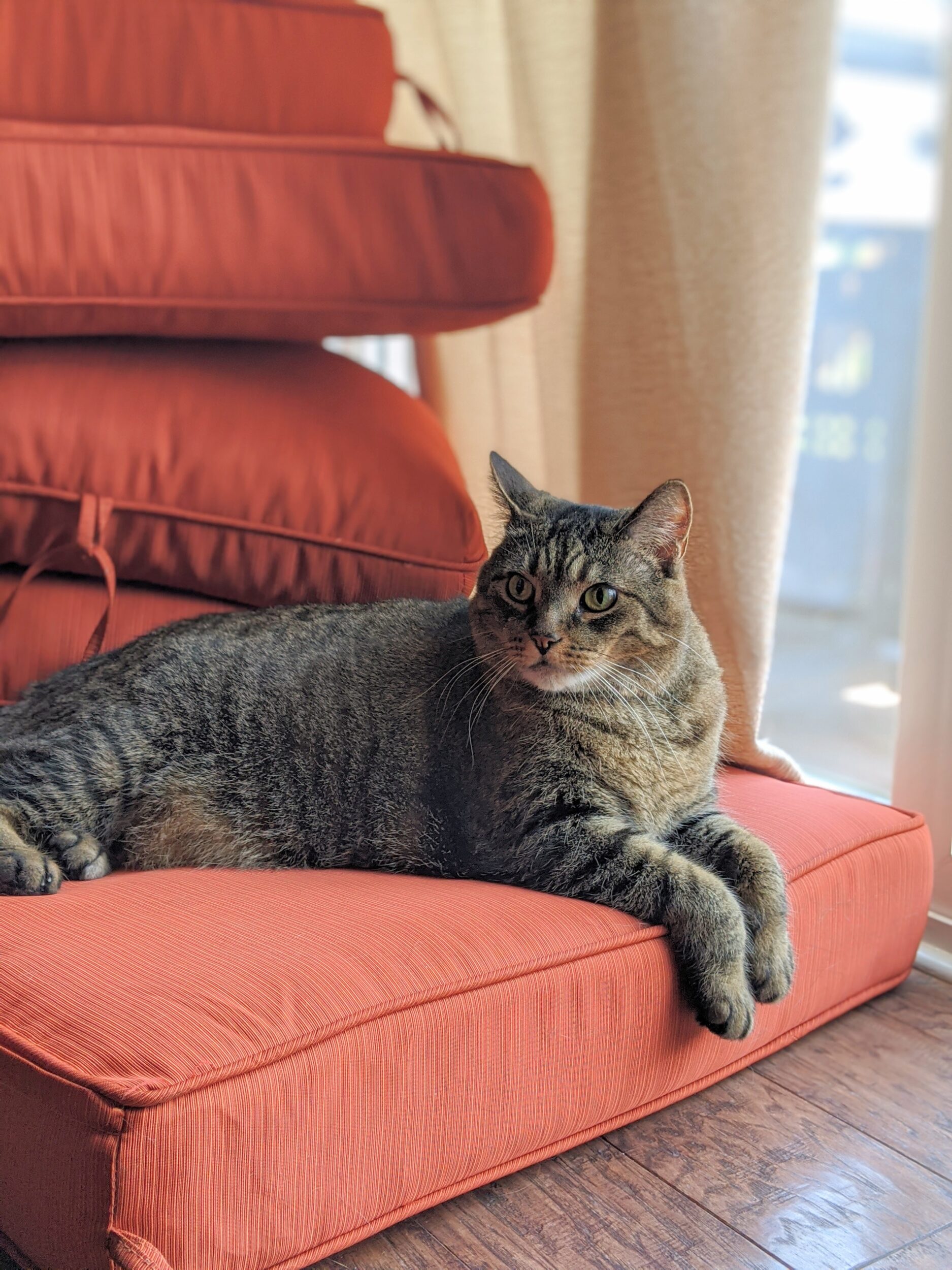
10 Ways to Grow Your Newsletter This Year
Whether it’s a goal for this year or something you’ve just been meaning to work on, a newsletter is a great way to keep in touch with your customers/readers. It keeps them informed about your products, services, company news, etc. Here are ten ways to grow your newsletter and ensure that it reaches as many people as possible (in no particular order).
1. Make sure your newsletter is valuable.
The most important thing is to make sure that your newsletter provides value to your readers. This could include useful information, helpful tips, exclusive offers, or interesting content. If your newsletter is valuable, people will be more likely to read it and share it with others. Make it worth their time. I find that a lot of my readers don’t want to come to this blog every couple of days to see if anything is new. So collecting all the recent content into one email makes it way easier for them to catch up.
2. Use an eye-catching subject line.
The subject line is the first thing that people see when they receive your newsletter, so it’s important to make it attention-grabbing and compelling. Use action verbs, numbers, and keywords to grab people’s attention and entice them to open your newsletter. Make it fun. Show your personality. And use an emoji because life’s too short not to.
3. Optimize your email for mobile.
More and more people are reading their emails on their smartphones, so it’s important to make sure that your newsletter looks good on mobile. Use a responsive email design that automatically adjusts to different screen sizes, and make sure your text is easy to read on a small screen. This is something I forget to check constantly and is a goal for this year.
4. Include social sharing buttons.
Make it easy for your readers to share your newsletter with their friends and followers by including social sharing buttons. These buttons allow people to share your newsletter on social media with just one click, which can help you reach a wider audience. Plus make sure you give them a way to engage with you on other platforms. Include all of your various social links.
5. Segment your email list.
Not all of your subscribers are interested in the same things, so it’s important to segment your email list and send targeted newsletters to different groups of people. For example, you could send a newsletter with product updates to your customers, and a newsletter with industry news to your partners. I tend to write about a wide variety of subjects, so segmenting my list can help make sure people see what they actually want to see.
6. Make it easy to subscribe.
Make sure it’s clear and easy for people to subscribe to your newsletter. Include a sign-up form on your website and promote your newsletter on social media and in your email signature. I’ve put my sign-up for everywhere. Including a button at the bottom of this post.
7. Use eye-catching images and design.
A visually appealing newsletter is more likely to catch people’s attention and keep them engaged. Use high-quality images, compelling headlines, and an attractive layout to make your newsletter stand out. Take a look at the newsletters you find yourself opening and reading. What are they doing that you enjoy and what would you change?
8. Personalize your newsletters.
Use personalization techniques such as the recipient’s name and personalized recommendations to make your newsletters more relevant and engaging. Most importantly, share your story and voice. If someone has subscribed, they probably like you or what you have to say. Don’t shy away from being yourself or your brand in newsletters.
9. Be consistent.
Something I definitely struggle with, but is super important to maintain an engaged audience. Have a regular newsletter schedule that readers can come to expect.
10. Include a clear call to action.
Your newsletter should include a clear call to action, such as visiting your website, making a purchase, or signing up for a free trial. Make it easy for your audience to take the next step and follow through on your call to action. Oh look…a button…why don’t you click that and sign-up to my newsletter?
No matter what social media platform is currently popular, email won’t be going anywhere anytime soon. So create an engaging newsletter and work to continue to grow your audience. It’ll take time, but you’ll gather a list of people who are interested in your conent. Trust me.




